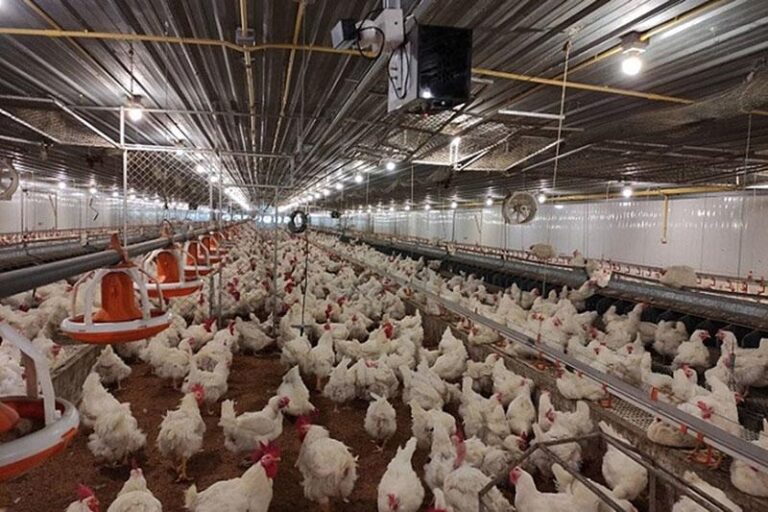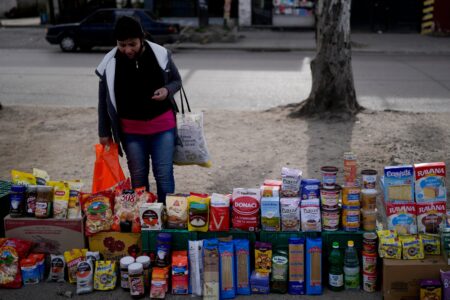Thailand’s poultry industry is set for substantial growth as favorable conditions emerge from both international and domestic developments. Following Brazil’s recent struggles with bird flu outbreaks that have disrupted its poultry exports, Thailand stands to gain increased market access and bolster its position as a leading poultry supplier. Additionally, declining feed costs domestically are expected to enhance production efficiency and profitability for Thai poultry producers. Industry analysts and market watchers say these factors combined position Thailand’s poultry sector for a promising expansion in the coming months.
Thai Poultry Sector Gains Competitive Edge Amid Brazil Bird Flu Outbreak
Thailand’s poultry industry is strategically positioned to capture a larger share of the global market following Brazil’s recent bird flu outbreak, which has disrupted one of the world’s largest chicken exporters. As Brazilian shipments face restrictions, Thai producers are accelerating exports to key markets in Asia and the Middle East, capitalizing on rising demand for safe and reliable poultry products. Industry insiders highlight that improved biosecurity measures and effective government-led containment strategies have bolstered confidence in Thai poultry safety standards.
Meanwhile, a notable reduction in feed costs-mainly due to favorable global grain prices-has enhanced profit margins across the sector. This combination of competitive input prices and expanded export opportunities is fueling optimism among producers. Key factors driving this momentum include:
- Stable corn and soybean prices lowering production expenses
- Robust demand from traditional and emerging export markets
- Technological advancements improving yield and disease control
| Indicator | 2023 Q1 | 2024 Q1 Forecast |
|---|---|---|
| Feed Cost Index | 115 | 98 |
| Export Volume (tons) | 75,000 | 95,000 |
| Average Wholesale Price (THB/kg) | 38.5 | 40.2 |
Lower Feed Costs Boost Profit Margins and Production Efficiency
In recent months, Thai poultry farmers have experienced a notable reduction in feed expenses, a key factor driving higher profit margins across the sector. This downturn is largely attributed to global commodity price adjustments and improved supply chain efficiencies. As a result, producers are strategically reinvesting savings to upgrade farming technologies and expand operations, contributing to a more resilient and competitive market landscape.
Key benefits emerging from lowered feed costs include:
- Enhanced production efficiency: Farmers are able to allocate resources toward better nutrition and health management, reducing mortality rates.
- Increased output: With lower input costs, scaling up flock sizes becomes economically viable without compromising quality.
- Market competitiveness: Price flexibility allows Thai producers to strengthen their position both domestically and in export markets.
| Feed Cost Change | Impact on Profit Margins | Production Efficiency |
|---|---|---|
| -12% | +8% | Improved by 6% |
| -15% | +10% | Improved by 8% |
Experts Urge Strategic Investments to Sustain Growth and Export Expansion
Industry specialists emphasize that maintaining momentum in Thailand’s poultry sector requires well-orchestrated investment strategies targeting key growth areas. With Brazil grappling with bird flu outbreaks disrupting global supply chains, Thai producers have a unique opportunity to increase export volumes. Experts recommend prioritizing advancements in biosecurity measures, upgrading processing facilities, and expanding cold chain logistics to meet rising international demand effectively. Such strategic investments will not only enhance competitiveness but also safeguard against future disease outbreaks, reinforcing Thailand’s position as a reliable poultry supplier.
Key focus areas for investment include:
- Enhanced disease surveillance and prevention technologies
- Modernization of feed production to capitalize on falling raw material costs
- Expansion of export infrastructure to streamline supply chains
- Research and development for sustainable poultry farming practices
| Investment Area | Expected Impact | Timeline |
|---|---|---|
| Biosecurity Enhancements | Reduce disease risk, ensure supply stability | 1-2 years |
| Feed Cost Optimization | Lower production expenses, increase margins | Ongoing |
| Export Infrastructure | Smoother logistics, faster delivery | 2-3 years |
| R&D Initiatives | Innovation in sustainable farming | 3+ years |
The Conclusion
As Thailand’s poultry industry positions itself to capitalize on reduced feed costs and the impact of Brazil’s bird flu outbreak, market analysts remain cautiously optimistic about the sector’s growth prospects. With demand expected to rise both domestically and from export markets seeking alternative suppliers, industry stakeholders are closely monitoring developments that could reshape the regional poultry landscape in the coming months.




